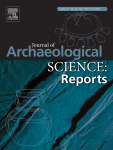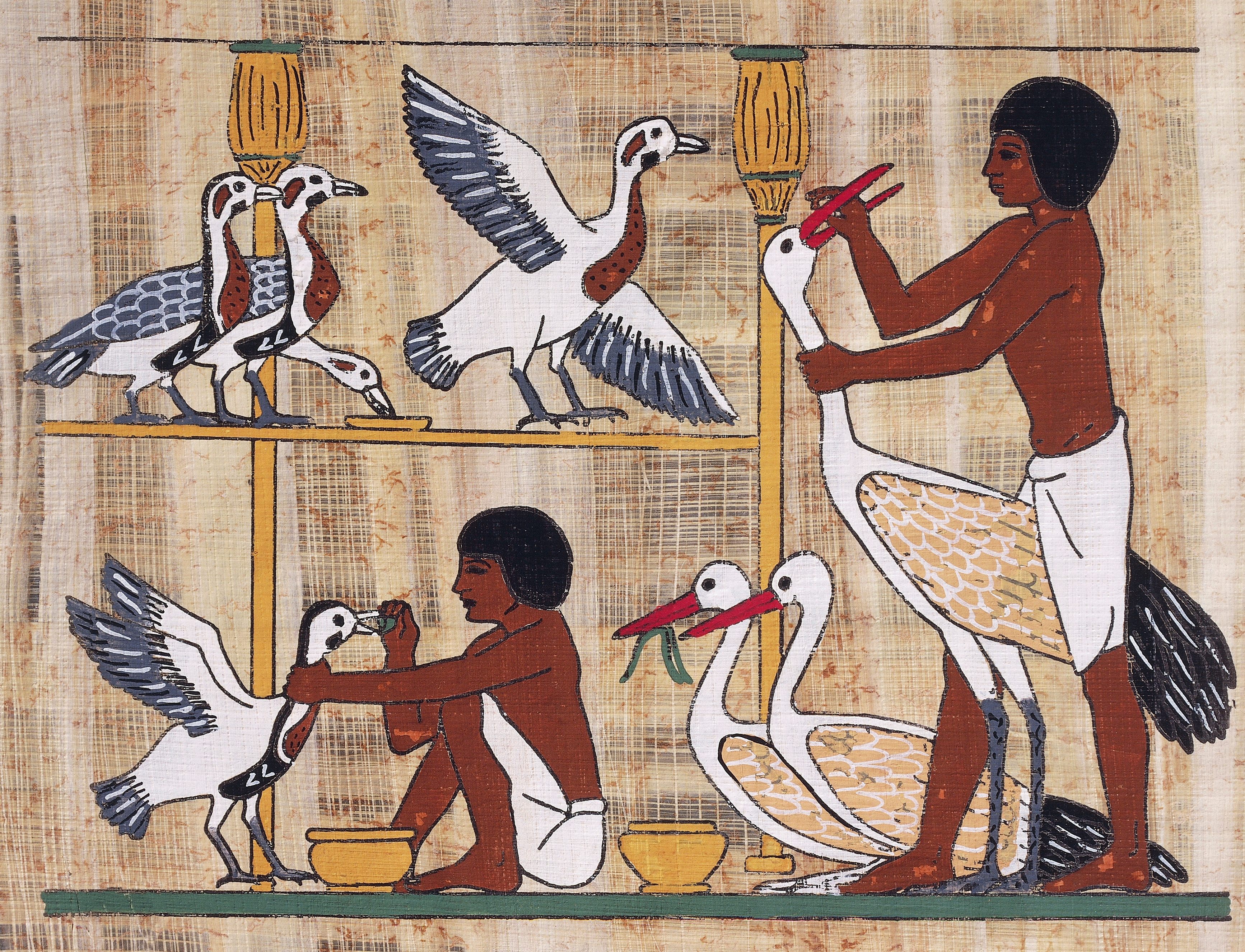Guy M. Kirwan, Richard K. Broughton, Alexander C. Lees, Jente Ottenburghs, Joseph A. Tobias
The ‘Meidum geese’ revisited: Early historical art is not a suitable basis for taxonomic speculation
Journal of Archaeological Science: Reports, Volume 41, February 2022, 103322
doi.org/10.1016/j.jasrep.2021.103322
Abstract
Romilio (2021) used a taxonomic scoring system to compare differences between three species of geese (Anseriformes) depicted in the Chapel of Itet, one of which he speculated might represent an undescribed (presumably now extinct) species. Despite some apparently distinctive features, the depiction has traditionally been associated with the well-known modern species, red-breasted goose (
Branta ruficollis). We discuss limitations in applying the Tobias et al. (2010) scoring system to cases such as this, for which it was not designed, and we outline the many pitfalls that must be considered when attempting to identify historical artwork of birds using examples discussed recently in the ornithological literature. We conclude that the illustrations proposed by Romilio to represent a new
Branta goose species are within the range of known plumage variation and potential artistic licence for red-breasted goose, and that this very probably is the species upon which the artwork was based. More generally, we caution against applying the Tobias criteria to cases where a series of specimens cannot be measured, and highlight the difficulties of using illustrations to inform taxonomy.
Romilio (2021) used a taxonomic scoring system to compare differences between three species of geese (Anseriformes) depicted in the Chapel of Itet, on…

www.sciencedirect.com






